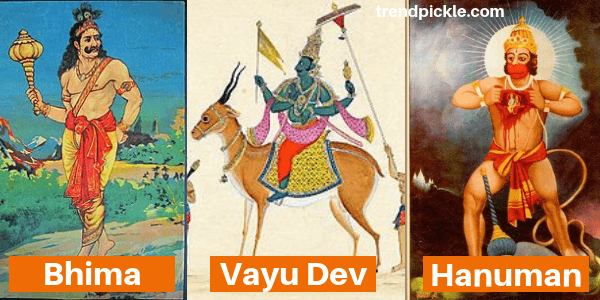
Several large empires like the Khmers, the Majapahits, the Sailendras, the Champas and Sri Vijaya were established. Starting from the 8th century, the colonisation of Southeast Asia by Indians began. The Ramayana is not just a Hindu religious tale. The story of Rama also inspired a large amount of later-day literature in various languages, notable among which are the works of the sixteenth century Hindi poet Tulsidas and the Tamil poet Kambar of the 13th century. One of the most important literary works on ancient India, the Ramayana has had a profound impact on art and culture in the Indian Subcontinent and Southeast Asia. The characters of Rama, Sita, Lakshmana, Bharata, Hanumān and Rāvana (the villain of the piece) are all fundamental to the cultural consciousness of India. It contains the teachings of ancient Hindu sages and presents them through allegory in narrative and the interspersion of the philosophical and the devotional. But, like its epic cousin Mahābhārata, the Rāmāyana is not just an ordinary story. The Rāmāyana had an important influence on later Sanskrit poetry, primarily through its establishment of the Sloka meter.

As with most traditional epics, since it has gone through a long process of interpolations and redactions, it is impossible to date it accurately.

In its current form, the Valmiki Ramayana is dated variously from 500 BC to 100 BC, or about co-eval to early versions of the Mahabhārata. The Rāmāyaṇa consists of 24,000 verses in seven cantos ( kāṇḍas) and tells the story of a prince, Rama of Ayodhya, whose wife Sita is abducted by the demon ( Rākshasa) king of Lanka, Rāvana. The name Rāmāyaṇa is a tatpurusha compound of Rāma and ayana "going, advancing", translating to "the travels of Rāma". The Rāmāyaṇa ( Devanāgarī: रामायण) is an ancient Sanskrit epic attributed to the poet Valmiki and is an important part of the Hindu canon ( smṛti). Without rendering support, you may see irregular vowel positioning and a lack of conjuncts.


 0 kommentar(er)
0 kommentar(er)
